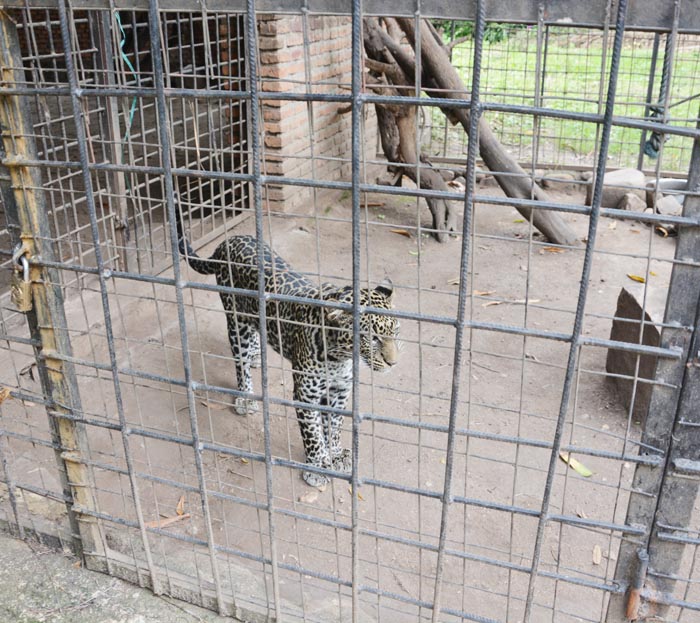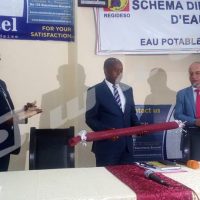Since this year, some EAC partner states (Kenya, Uganda and Rwanda) will use the single tourist visa. Tourists can easily visit some attractive sites in the country. Therefore, Burundi City’s Museum has some interesting things to show them.-By Diane Uwimana
Set up in 1977, the National Museum (Musée vivant) is one of the first curiosities determining or bearing cultural, natural and artistic heritage of Burundi. The Museum is situated in a vast park at Rohero Commune in Bujumbura City Council and includes both natural and man-made attractions. At the entrance of the Museum, there are different guides in order to facilitate the tourists’ visits. Local and foreigners do not pay the same entry fees to get access to the Museum. For adult Burundians, they pay BIF 2000 while children only pay BIF 1000. Foreign adults and children pay only BIF 5000 and BIF 2000 respectively to discover and witness the good things located in that natural and man-made attractions’ museum. During the guided visit, you can explore different species of crocodiles: one is from Lake Tanganyika and others are from Rusizi River (these are very dangerous considering their dangerous muzzle and aggressive flexibility). Eight crocodiles are lying quietly in their special area with swimming pools according to their size: five are female, others are male. What is more interesting, they have their own names: Jules is 48years old; Juliette is 28, Lacoste 38 and Patrice 16. The experienced guide of the zoo makes the visitors enjoy their time the way he handles the different snakes and crocodiles very easily and safely. Briefly speaking, he masters everything in the Museum. People can find different species of snakes such as banana green snakes, vipers from Gabon, cobras, “boomslangs”, pythons…. Inside the museum, you can also discover an aquarium of rare types of fish from Lake Tanganyika, some birds, antelopes and tortoises, one leopard and one Chimpanzee. Furthermore, there is a terrific, marvellous and interesting royal palace in which people may enjoy handicrafts made by talented local artists from every corner of the country. In a so-called natural house ‘Maison de la nature’, visitors may see some kinds of traditional tools used by Burundians in their daily life as well as some pictures of former different kings and princesses. In a nutshell, the City’s Museum is one of the mirrors of Burundian culture.
“The Museum needs more support”
Most of the animals living in the Museum eat meats. Only that Leopard is given six kilos of meat per day. “Fortunately, we feed it on odd days. Otherwise, we would close this museum if we were obliged to feed it every day. In fact, the government does not give us any budget for managing this park,” notes Fulgence Sindayihebura, the Manager of the Museum. He indicates that the Museum survival depends on the little amount of entrance fees they get. “The income increases following the seasons. If it is in summer (sunny or dry season), we receive many tourists while in the rainy season, their number decreases very much,” mentions Sindayihebura. For instance, this October 2013, the city’s museum has welcomed 476 local adult people and 299 children. Adult and young foreigners were 205 and 58 respectively. But in summer, the number rises step by step. In June 2013, local grown-up people were 461 while children were 561; foreigner adult swere242 and children 127. “It is thanks to these entrance fees that the Museum succeeds to sort out its monthly expenses. The national slaughterhouse helps in supplying us meat for the animals,” adds the museum Manager. The Manager points out that the museum is going to improve and increase the number of animals in order to attract many tourists. “We are going to look for other tigers, chimpanzees, baboons, antelopes and other species of snakes. And I take this opportunity to call upon Burundians to develop a spirit of curiosity and come to witness themselves the natural and man-made attractions in this Museum. This will motivate even foreigners to come to visit this touristic place,” underlines Sindayihebura.




















 IWACU Open Data
IWACU Open Data

